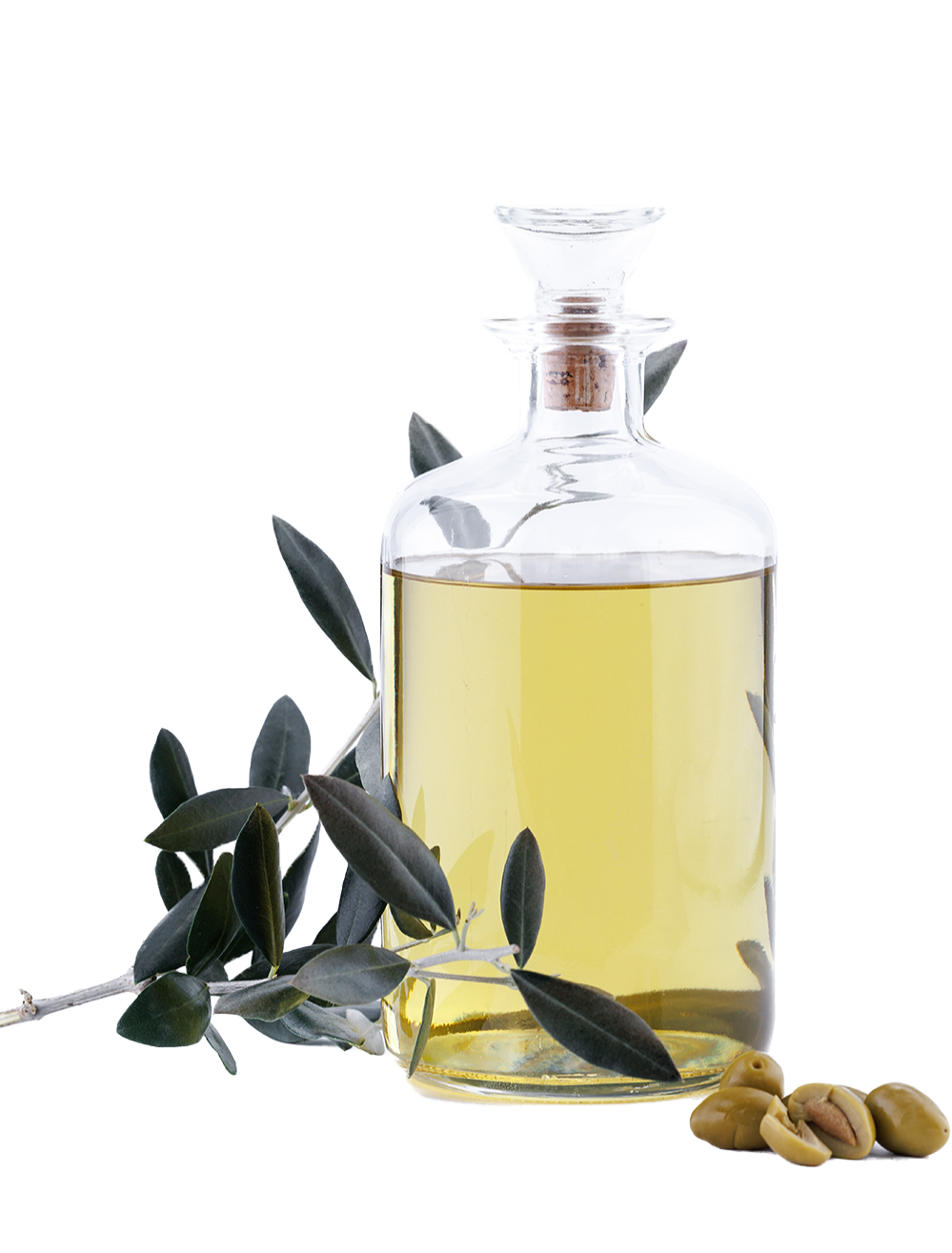Organic olive oil
refined
| Origin | Our olive oil refined organic comes 100% from Spain. |
| Certificates | EU organic |
| Article number | 210130 |

| Origin | Our olive oil refined organic comes 100% from Spain. |
| Certificates | EU organic |
| Article number | 210130 |

Refined olive oil organic is obtained by refining of crude olive oil, obtained by cold expression or other suitable mechanical means from the ripe drupes of Olea europaea L.
Clear, colourless or greenish-yellow, transparent liquid. When cooled, it begins to become cloudy at about 10°C and becomes a butter-like mass at about 0°C.
Gustav Heess works together with a cooperative in the hills of Sierra Morena, which cultivates on an area of 8000 hectares. This area is situated on a slope and includes many different species of trees and shrubs. Many of the trees are already over 200 years old.
The quality of the fruits depends very much on the cultivation of the olive grove. In our organic cultivation, which is located on a slope, there are problems of erosion. Therefore, our cooperative focuses on sustainability and on making sustainable development the main pillar of the production system. Erosion is counteracted by the biodiversity of the olive grove, as there is a rich variety of trees and bushes. But this diversity itself is not enough. Therefore, the cooperative grows herbs and grasses in the grove. These slow down the flow of water on the slope and thus avoid the considerable runoff and the associated loss of fertile soil. The roots of the herbs and grasses protect the fertile uppermost soil layer. On the other hand, the grasses and herbs extract valuable water from the olive trees. Therefore, the size and spread of the herbs and grasses must be kept to a certain extent. For this purpose, the cooperative let animals graze on the olive grove. The grazing of the olive groves has two main aspects. From an agricultural point of view, to reduce the competition for water between herbs and grasses and the olive tree, and from an animal husbandry point of view, to use the energy from the herbs and grasses for the animals and reduce the need for animal feed.
To ensure the highest quality, the olives are processed as quickly as possible after harvesting. In the first step the olives are washed and separated from leaves and stones. They are then crushed, and the pulp is kneaded in the Malaxer so that the fine oil droplets in the pulp combine to form larger drops. The oil is then separated from the fruit water and the solid components by a centrifuge. During pressing, the two qualities extra and lampante oil are produced. In the bio-certified physical refining process, the lampante oil is processed into a clear and odourless, high-quality olive oil refined according to organic standards.

Cosmetics
Food
Pharmaceutics

Since the olive grove is home to a wide variety of trees and shrubs, there is a rich variety of wild animals that build their nests there.
After pressing the olive oil in the oil mill, energy is generated from the by-products. First of all, the olive stones are separated from the pomace, which is not suitable for composting due to its high lignin content. For this purpose, the main value, the heat capacity of the olive stone, is used by burning it for energy production. The remaining pomace is composted.
In total, our local olive oil producer cooperates with 825 cooperative members, some of whom work according to the principles of biodynamic agriculture.
25,000
kg
Tank truck
900
kg
IBC
190
kg
Drum
27
kg
Canister
General durability: Canister 12 months, drum 18 months, IBC 6 months
| Nutritional value | (per 100g) |
| Energy | 3,700 kJ / 900 kcal |
| Fat | 100 g |
| Saturated fatty acids | 15 g |
| Monounsaturated fatty acids | 79 g |
| Polyunsaturated fatty acids | 6 g |
Fatty acids ratio
Composition
| C18:1 Oleic acid | 56 – 85 % |
| C18:2 Linoleic acid | 3.5 – 20 % |
| C18:3 Linolenic acid | max. 1.2 % |
Request now free of charge and without obligation from Gustav Heess. We deliver Olive oil ...
We offer Olive oil in the following packaging units: